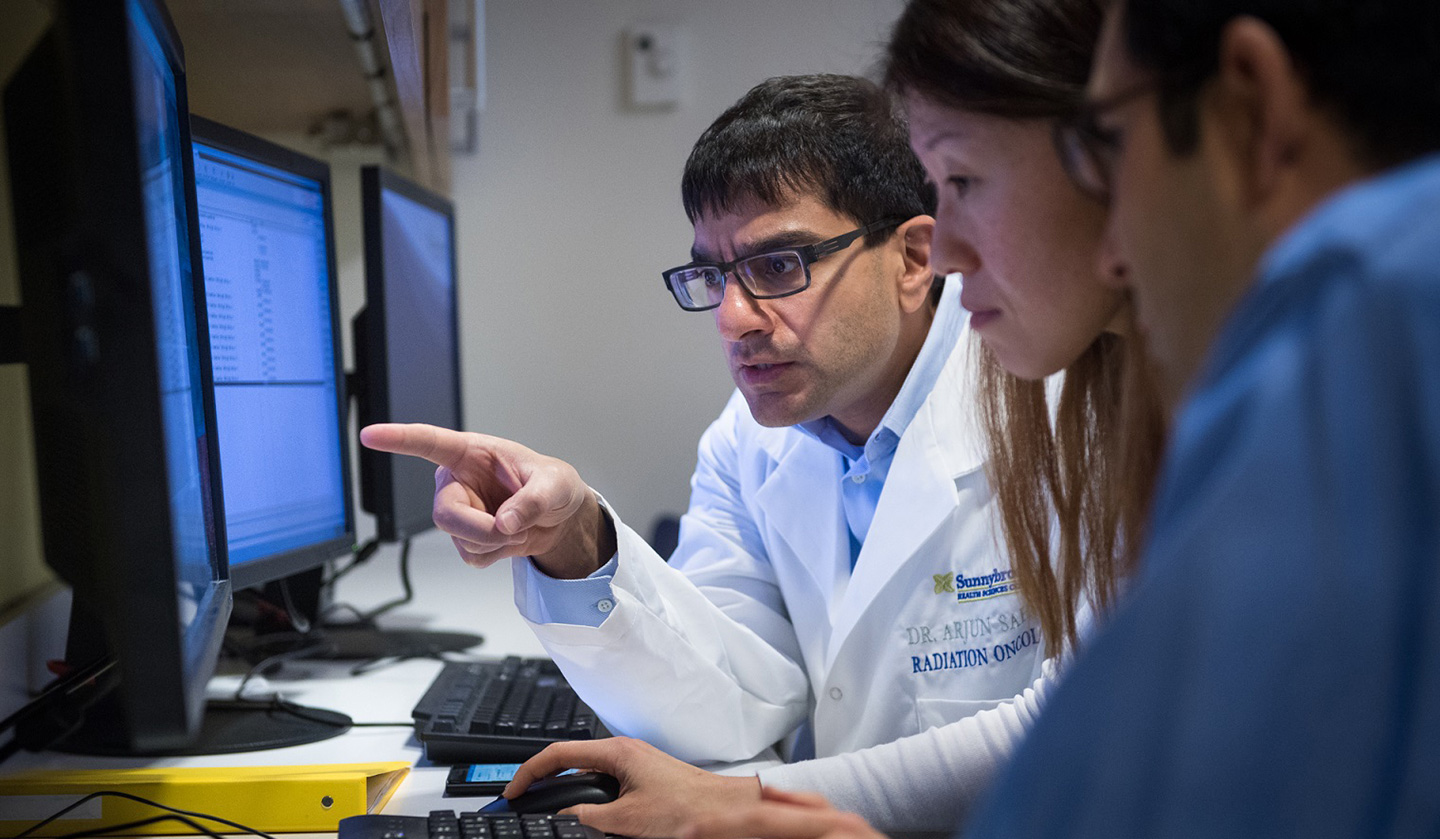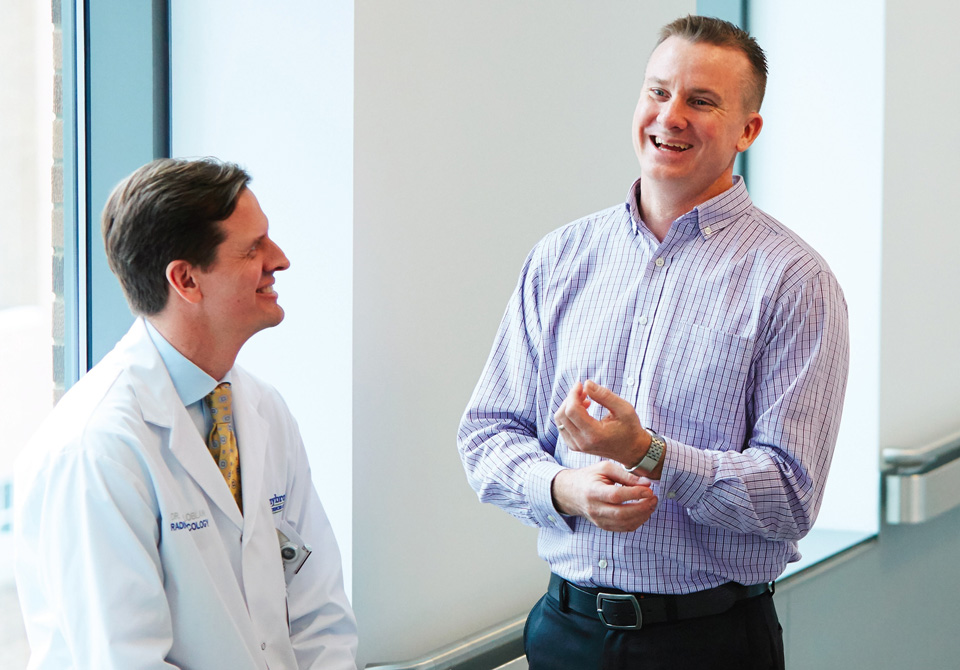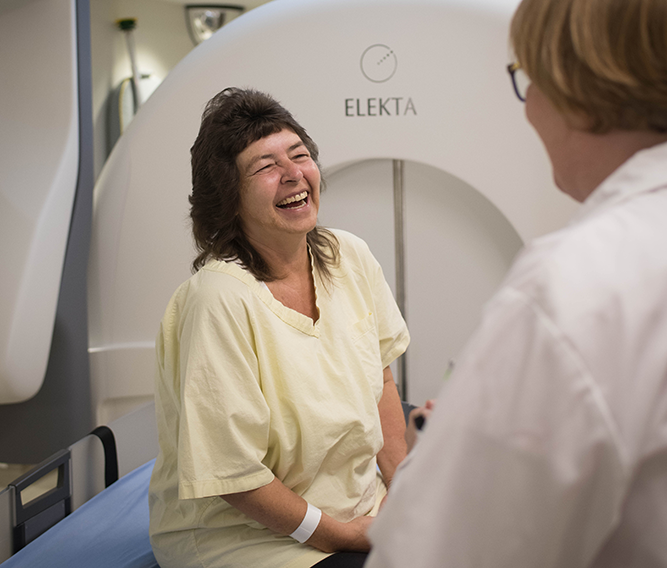Transforming cancer care
Sunnybrook's Odette Cancer Program is one of the largest cancer programs in North America. We aim to find cancers early, and treat them with the most advanced and minimally-invasive techniques so that patients experience less side-effects and return home sooner. Whether it's innovative radiation methods, new chemotherapy treatments or state-of-the-art imaging techniques, our specialists are transforming care and saving lives at home and around the world.
Magnetic resonance imaging (MRI), technology that sees inside tumours, is at the heart of this transformation as are treatments that destroy tumours without surgery and harming healthy tissue. We are the first in Canada to use MRI for real-time guidance of radiation treatments. The powerful and precise radiation doses made possible by this technology will mean we treat cancer more effectively, keep side-effects like fatigue to an absolute minimum and shorten treatment time.
Your support enables us to bring these innovative treatments to patients sooner. Donate now.
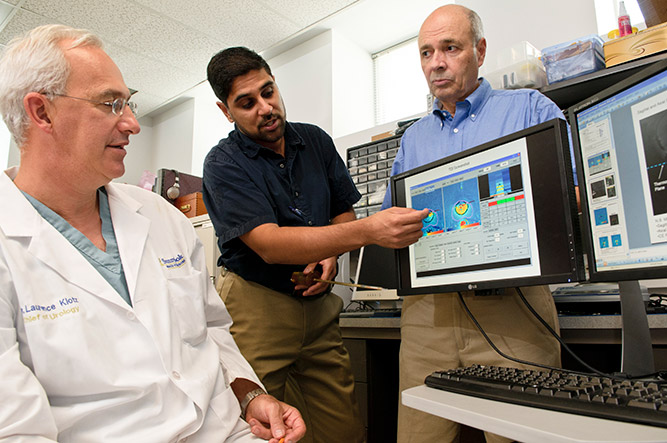
MRI-guided brachytherapy
Learn how image-guided radiation therapy is offering new hope for patients without the need for surgery.
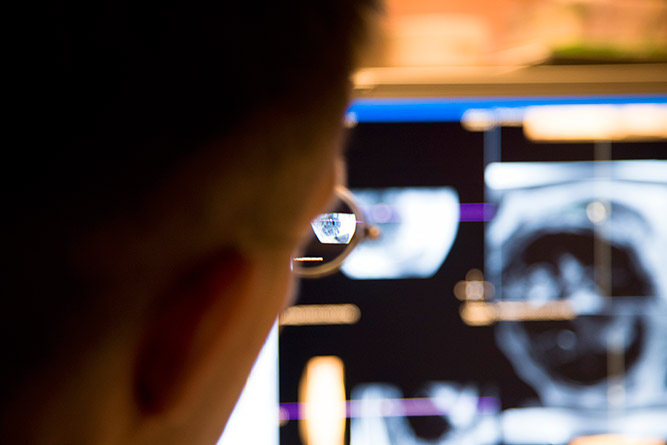
Gamma Knife Icon
Learn how precision brain radiation therapy is changing outcomes for cancer patients.
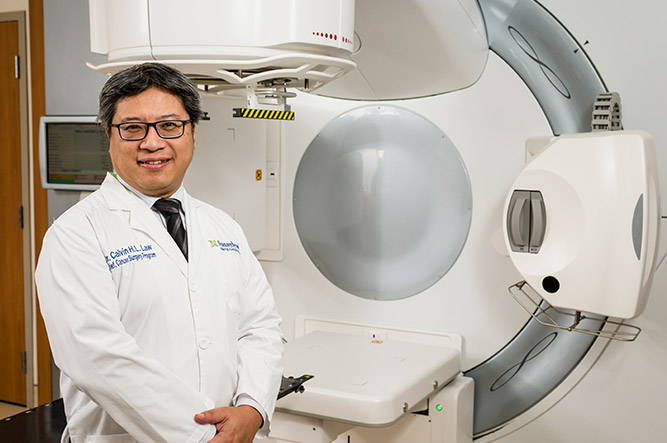
MR-Linac
Learn how new image-guided radiation technology is raising the stakes in fighting the hardest-to-treat cancers.






